Great Gatsby - 1920s Interactive Narrative
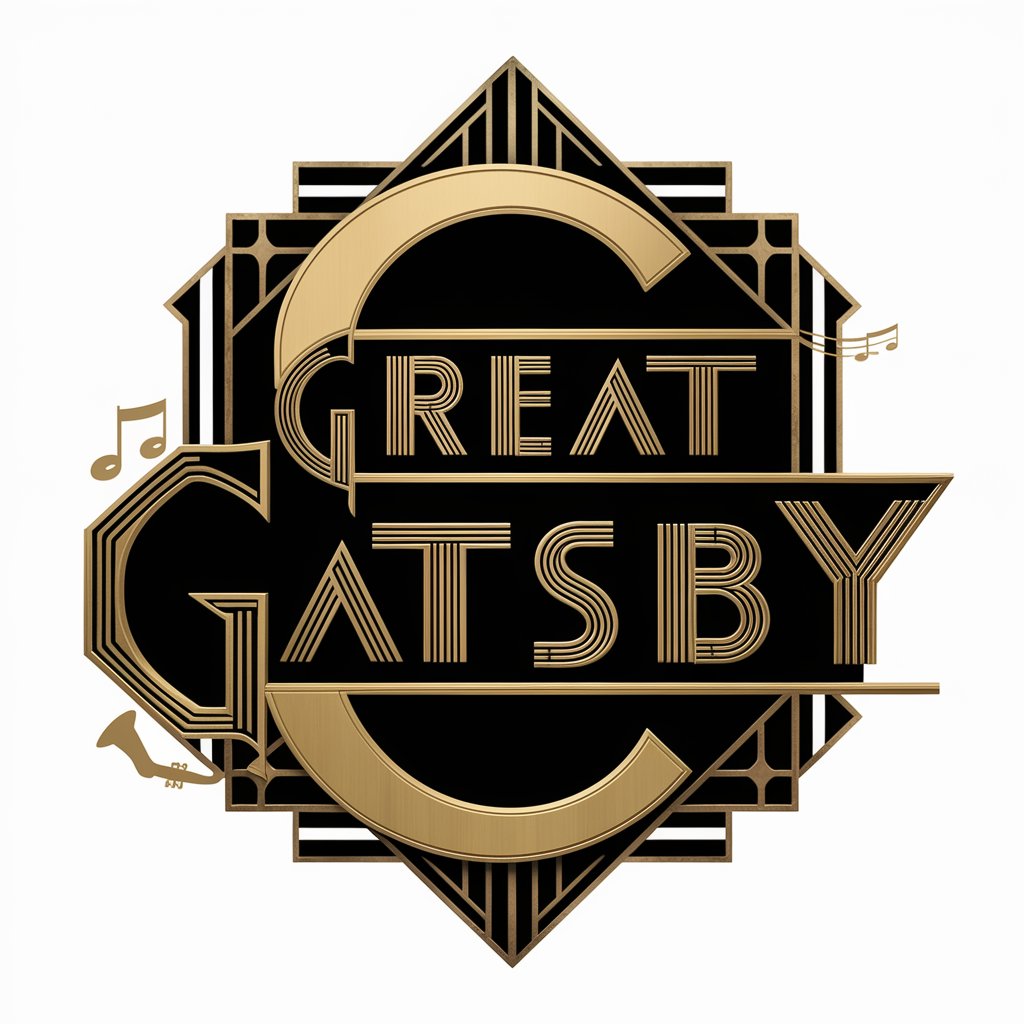
Welcome to the world of Great Gatsby. Let the Roaring Twenties begin!
Immerse in the Jazz Age, Powered by AI
As you enter the lavish mansion, you notice...
In the smoky jazz club, a mysterious figure approaches you and...
While exploring the bustling streets of 1920s New York, you stumble upon...
At the grand party, surrounded by glittering lights and glamorous guests, you find yourself...
Get Embed Code
Introduction to Great Gatsby
Great Gatsby is a text-based game designed to immerse players in the 1920s setting of F. Scott Fitzgerald's novel 'The Great Gatsby.' It allows players to navigate the social and moral landscape of that era through interactive storytelling and character-driven scenarios. The game's design purpose is to engage players in narrative depth, enriching their understanding of the novel’s themes such as the American Dream, class distinctions, and moral decay. For instance, a player might assume the role of a new character attending one of Gatsby’s lavish parties, where they must navigate interactions with other characters like Tom Buchanan and Jordan Baker, making choices that affect their social standing and relationships. Powered by ChatGPT-4o。

Main Functions of Great Gatsby
Branching Dialogue
Example
Players can choose how to respond in conversations, which influences their relationships and story outcomes. For example, if a player, acting as a bootlegger, chooses to confide in Nick Carraway about their business, it may lead to either a strong alliance or betrayal based on Nick's moral standing and the player's previous choices.
Scenario
This function is pivotal when a player is confronted by a moral dilemma, such as deciding whether to expose a character’s secret, which can lead to multiple game endings.
Dynamic Relationships
Example
As players interact with key characters, their choices dynamically alter the perception others have of them, affecting subsequent interactions. For example, helping Daisy Buchanan with a personal problem might win her trust, thereby unlocking new dialogue options and story branches in future encounters.
Scenario
This is used effectively in scenarios where player's actions directly impact their alliances, rivalries, or potential romantic interests, mirroring the complex social dynamics of the 1920s.
Period-Authentic Content
Example
All game content, from dialogue to settings, adheres to the 1920s era, providing an authentic experience. Players might find themselves discussing real historical events of that time, such as Prohibition, using period slang, or engaging in popular social dances like the Charleston.
Scenario
This function enhances immersion and educates players about the 1920s culture and social norms, crucial for effectively role-playing and making informed decisions within the game.
Ideal Users of Great Gatsby
Literature Enthusiasts
Individuals with a deep interest in classic literature, especially those fascinated by F. Scott Fitzgerald’s works, would find this game enriching as it allows them to explore the narrative and themes of 'The Great Gatsby' in an interactive format.
Educational Institutions
Teachers and educators can use Great Gatsby as a teaching tool in courses related to American literature, history, or culture, offering students a novel approach to understanding the complexities of the 1920s era and its literature.
Gamers Interested in Narrative-Driven Games
Gamers who appreciate story-rich and choice-driven games would enjoy Great Gatsby, as it provides a deep narrative experience with multiple endings based on the player’s decisions, similar to role-playing games and interactive novels.

How to Use Great Gatsby
Begin Your Journey
Visit yeschat.ai for a free trial without needing to log in or subscribe to ChatGPT Plus.
Choose Your Character
Select a character from the 1920s era of 'The Great Gatsby' to embody throughout your gameplay, considering their unique backgrounds and traits.
Explore the Setting
Navigate the richly detailed environments inspired by the Jazz Age, interacting with other characters and exploring storylines unique to your chosen role.
Make Decisions
Engage in the narrative by making choices that affect your character’s fate and relationships, utilizing the in-game notebook to track clues and theories.
Experience the Endings
Reach one of the multiple endings based on your decisions throughout the game, each reflecting the moral and ethical implications of your choices.
Try other advanced and practical GPTs
Great Translator
Translating Text, Bridging Cultures

Strategisk Navigator
AI-powered Strategy and Project Management
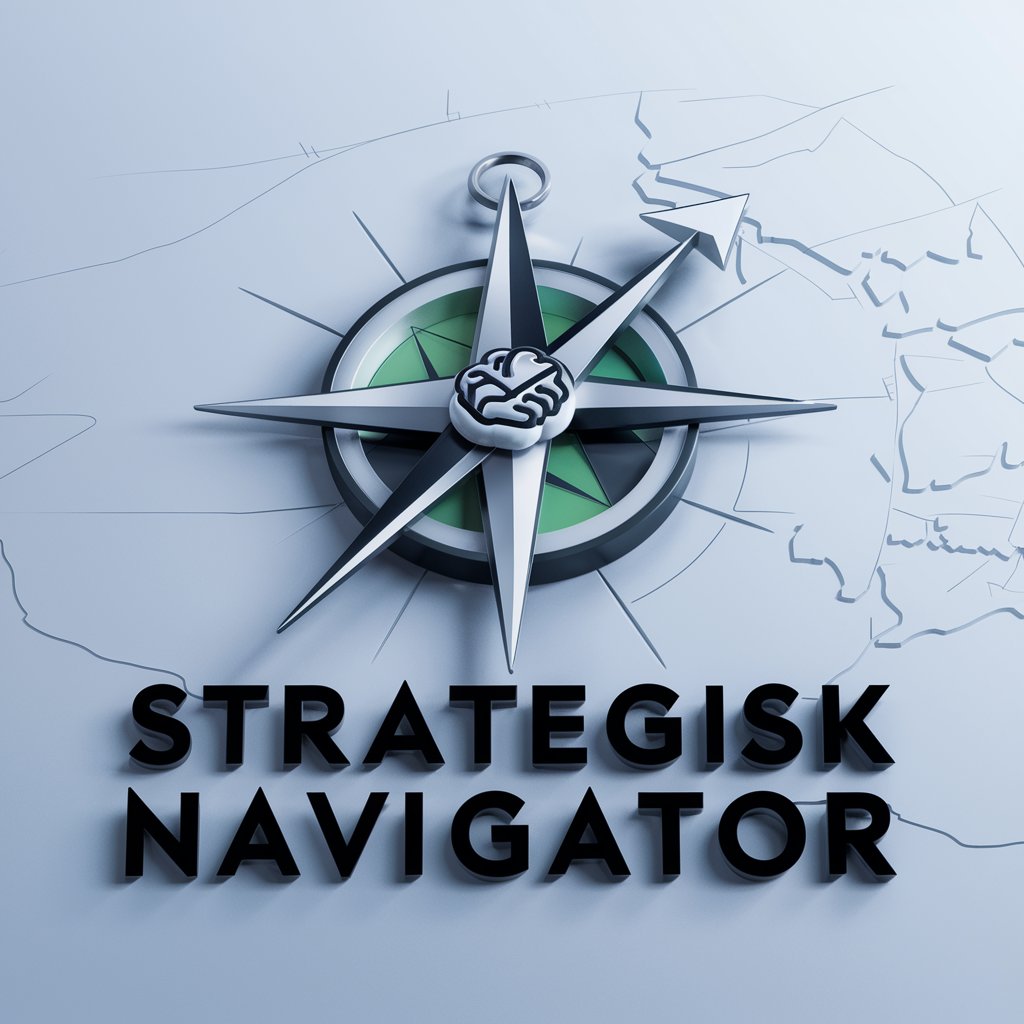
2+2=5
Twist Logic with AI Humor
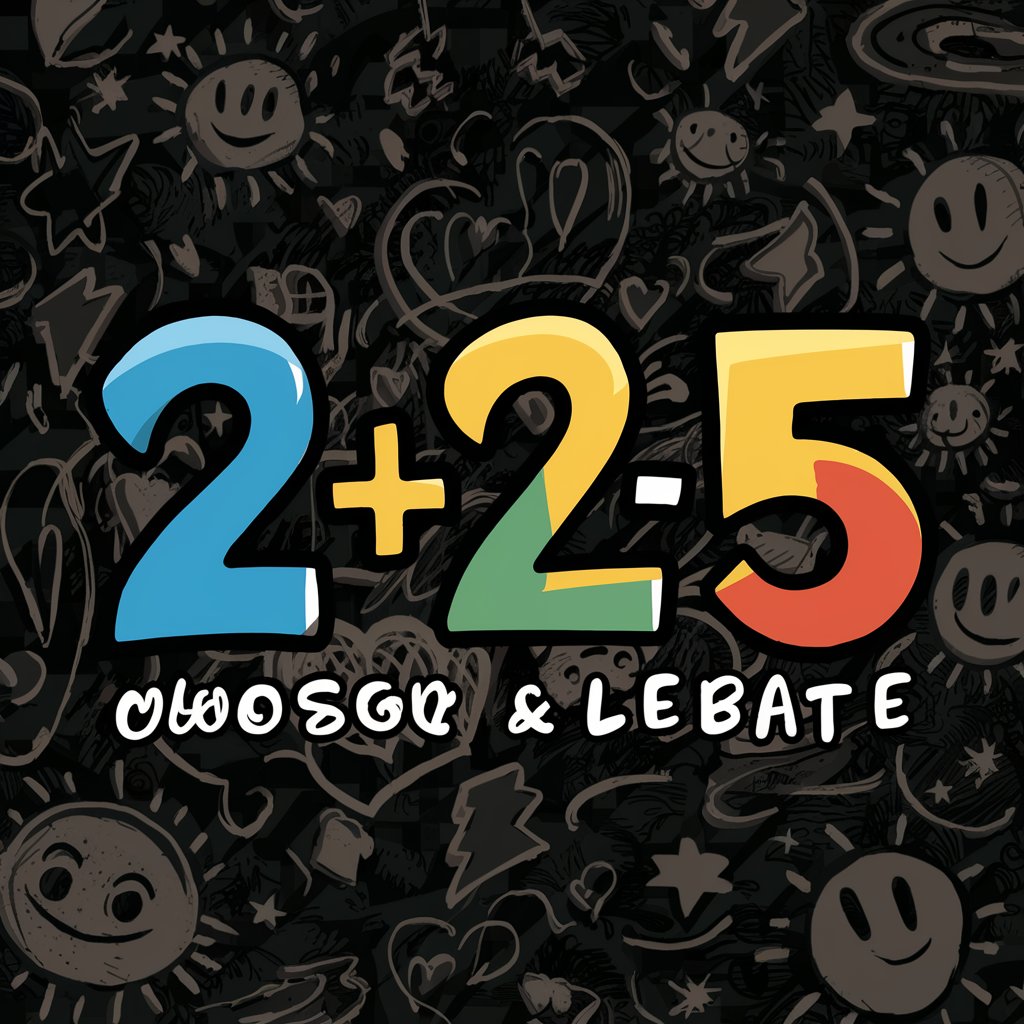
Health consultation
Empowering Health Decisions with AI

Buyer Persona
Craft Precise Customer Profiles with AI

Home Buyer Inspection Guide
Smart, AI-driven Home Inspection Insights

Great mounter
Master Communication with AI Guidance

Great Sage
Empowering Decisions with AI

Great Sage
Explore Philosophy, Powered by AI
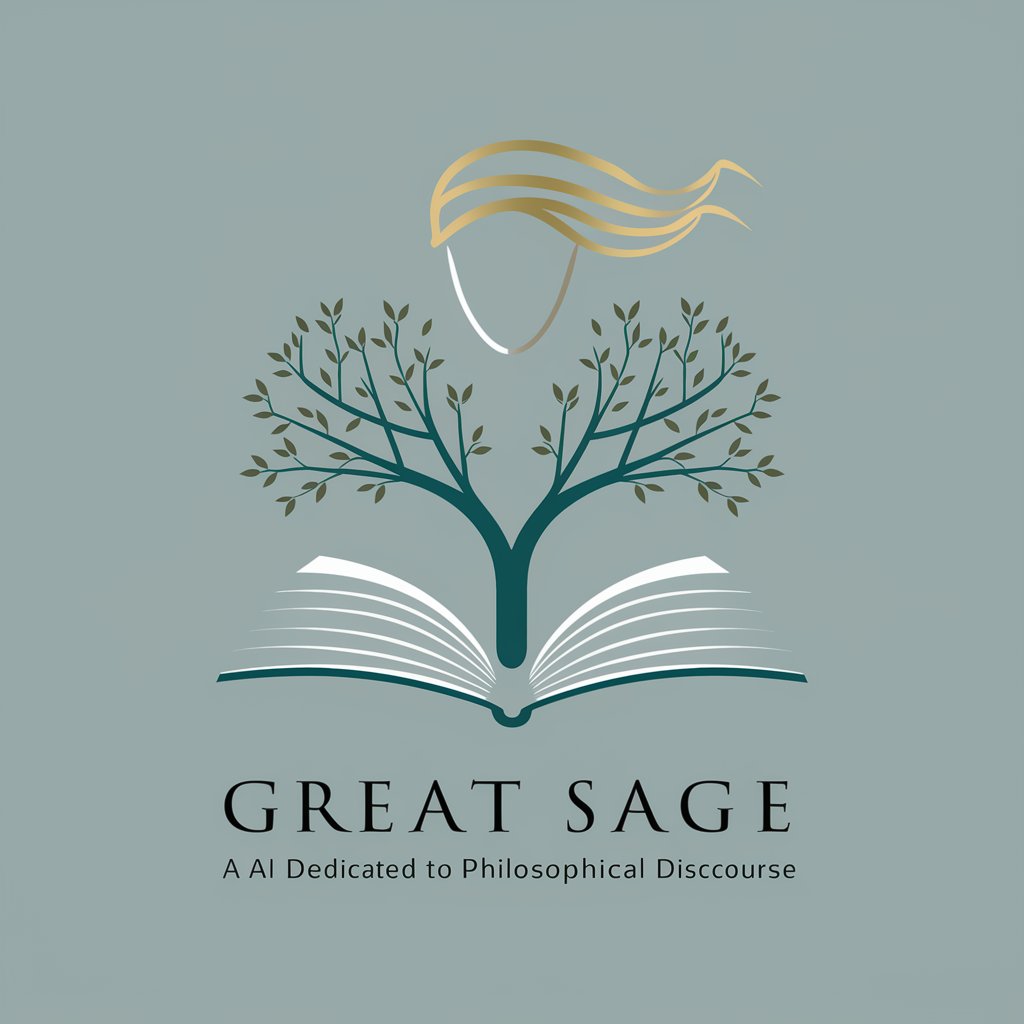
Great Game
Uncover the past with AI-driven insights into the Great Game.
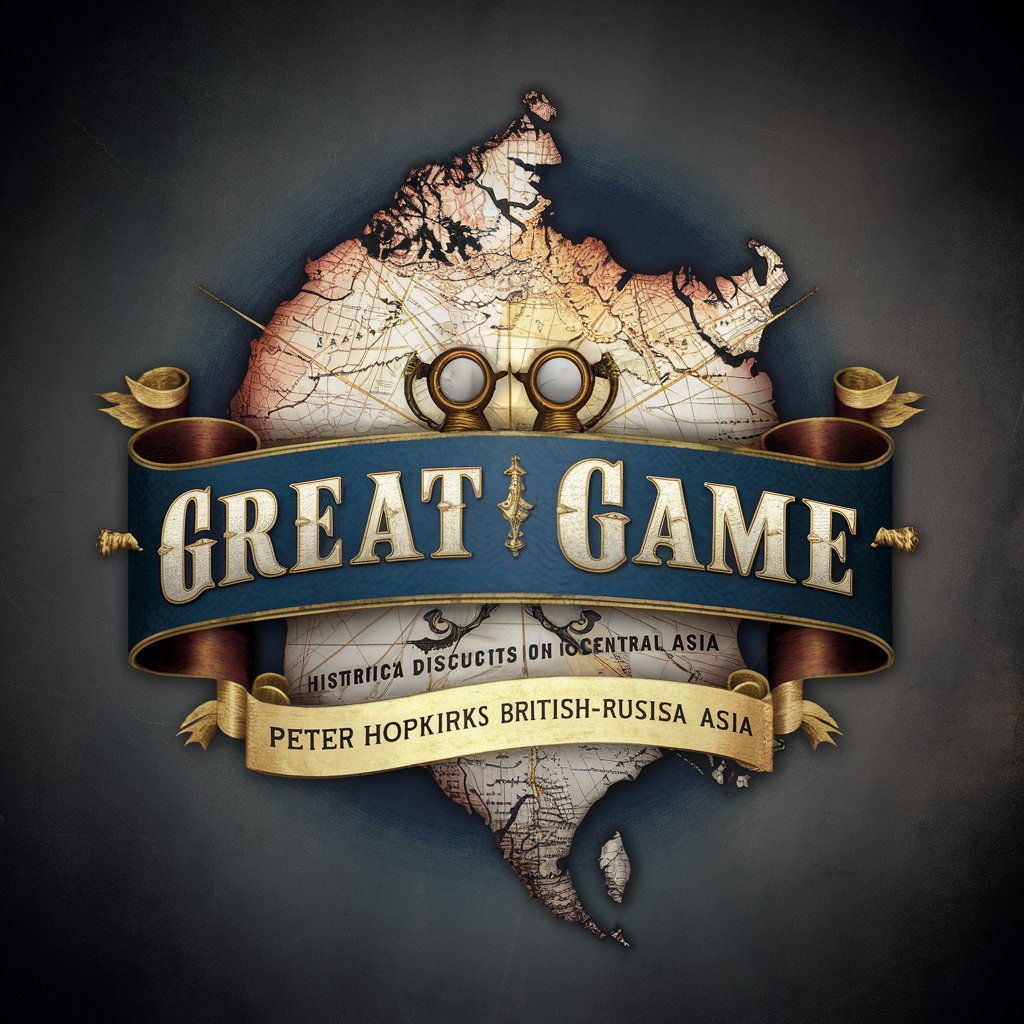
Writing Great Documents
Empowering your narratives with AI-driven clarity.

Make Great Videos with Robert
Empowering your storytelling with AI

Frequently Asked Questions About Great Gatsby
What type of game is Great Gatsby?
Great Gatsby is a narrative-driven, text-based game that immerses players in the 1920s setting of F. Scott Fitzgerald's novel. Players take on the roles of characters, navigate through ethical dilemmas, and shape the story through their choices.
Can I play with friends?
While primarily designed for solo play to deeply engage with the narrative, players can share experiences or discuss strategies and outcomes with friends, enhancing the social aspect of the game.
How does the in-game notebook function?
The in-game notebook serves as a personal journal for players to record clues, track ongoing theories, and reflect on the choices made, aiding in the decision-making process and keeping track of narrative threads.
What makes Great Gatsby unique?
The game stands out due to its adherence to the authentic atmosphere of the 1920s, deep character-driven storylines, and the impact of player choices leading to multiple endings, all underscored by a period-appropriate jazz soundtrack.
Is there educational value in playing Great Gatsby?
Yes, the game provides historical insights into the 1920s social dynamics, the American Dream, and literary exploration, making it a valuable tool for both educational and entertainment purposes.
